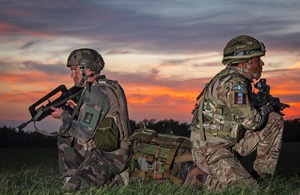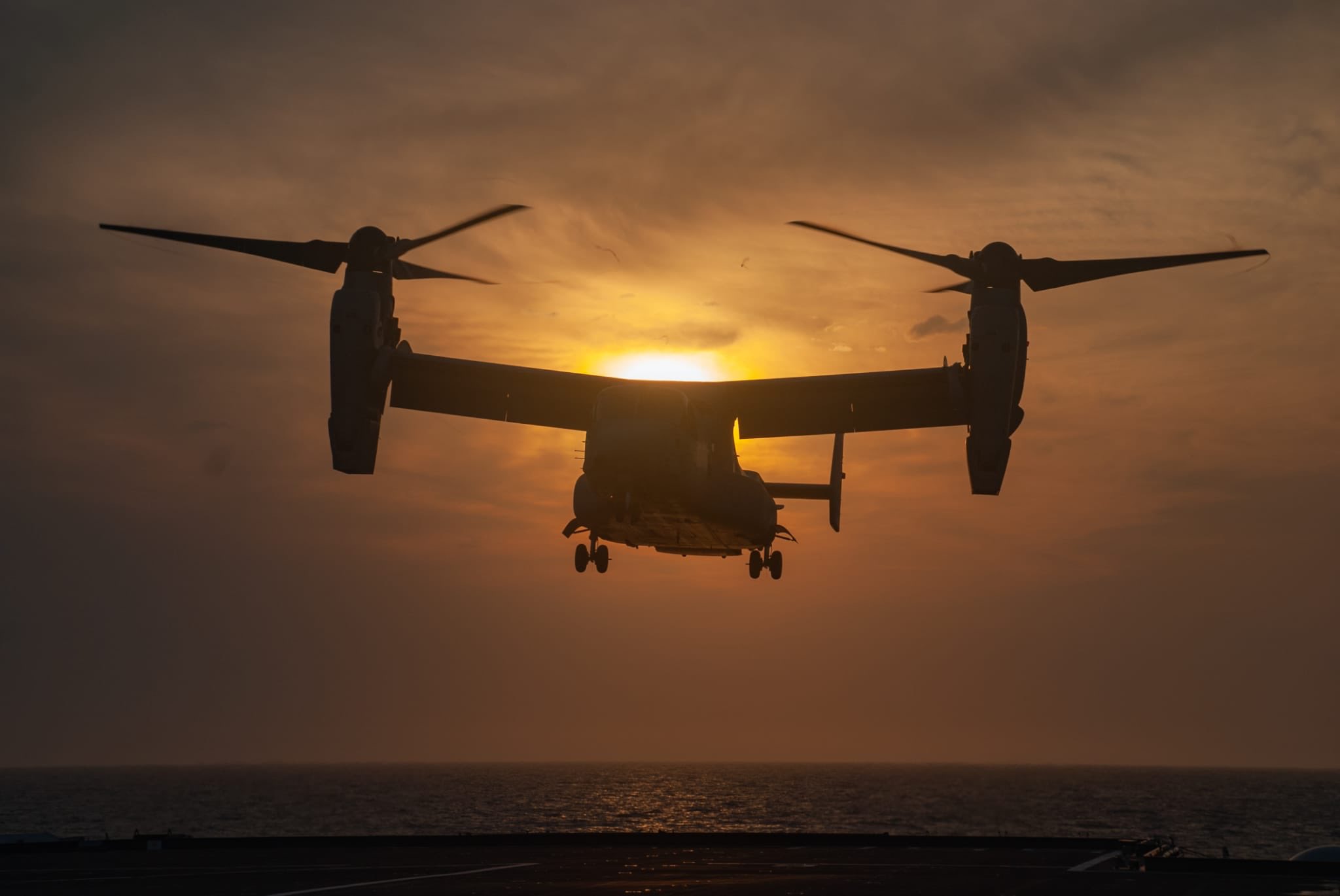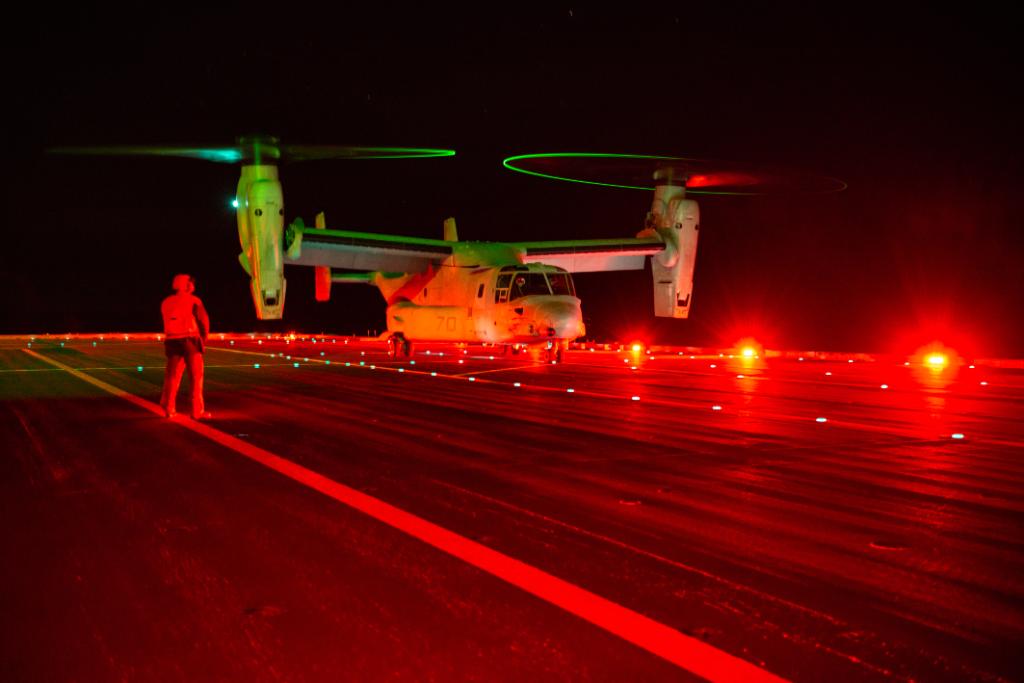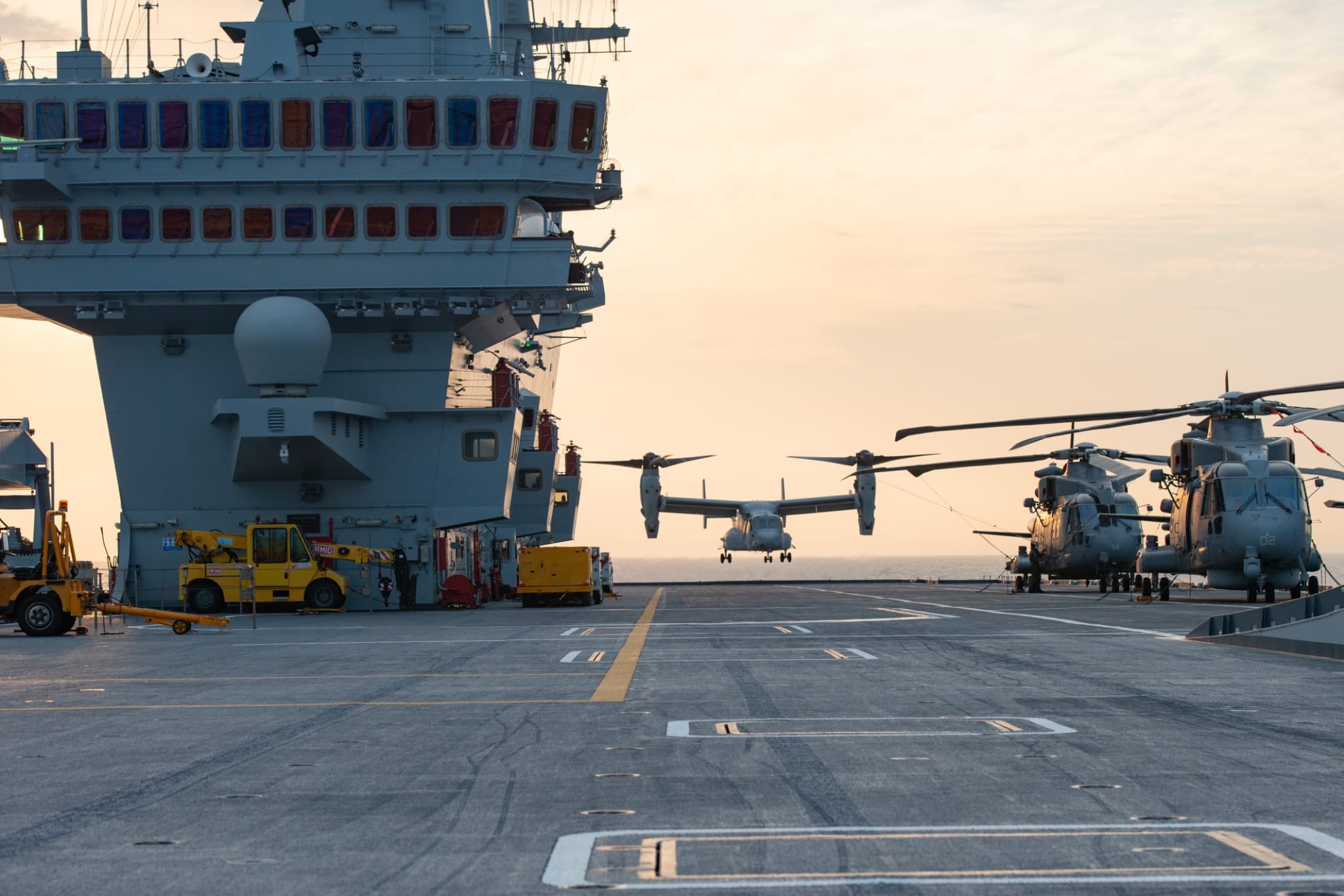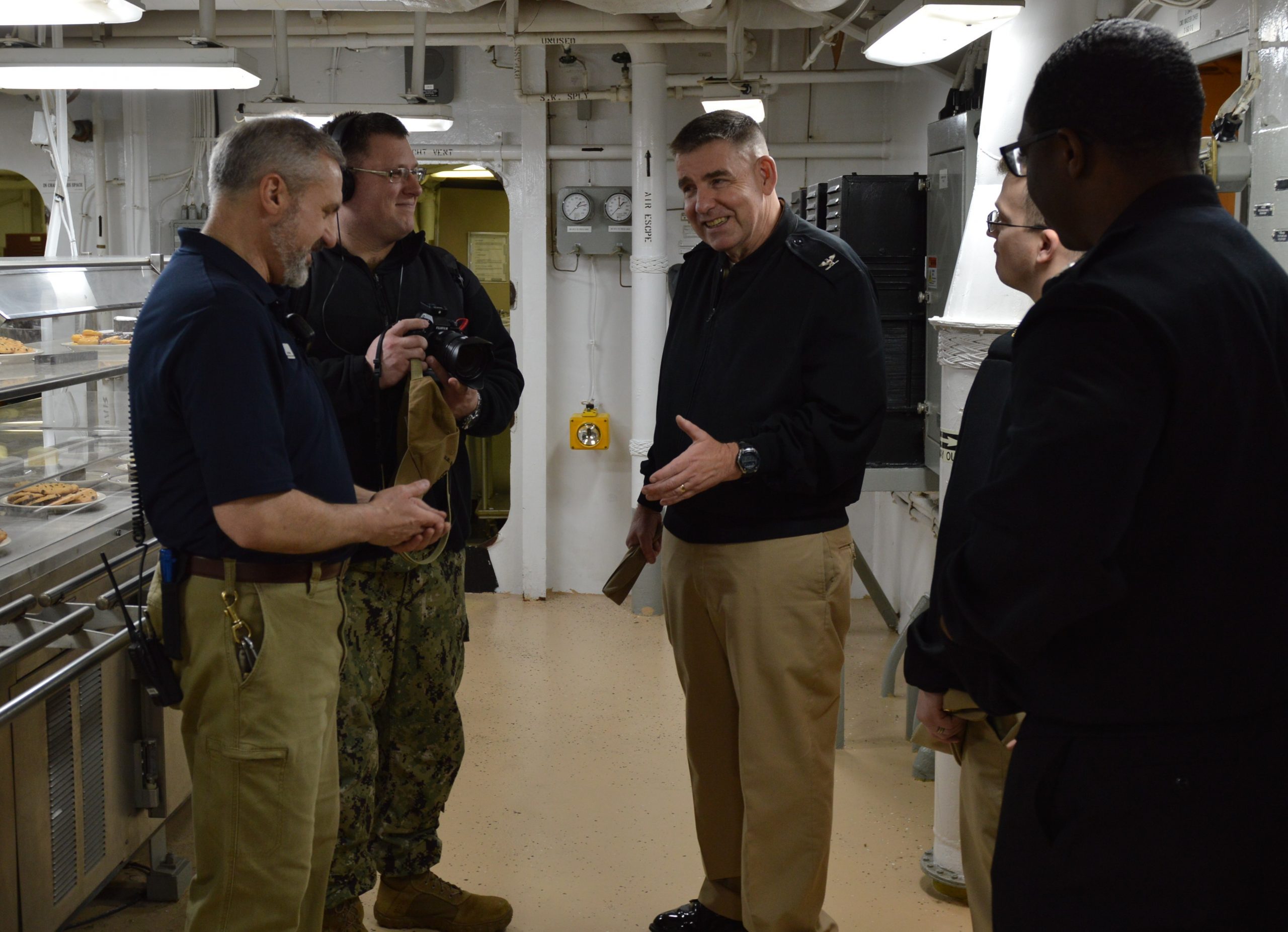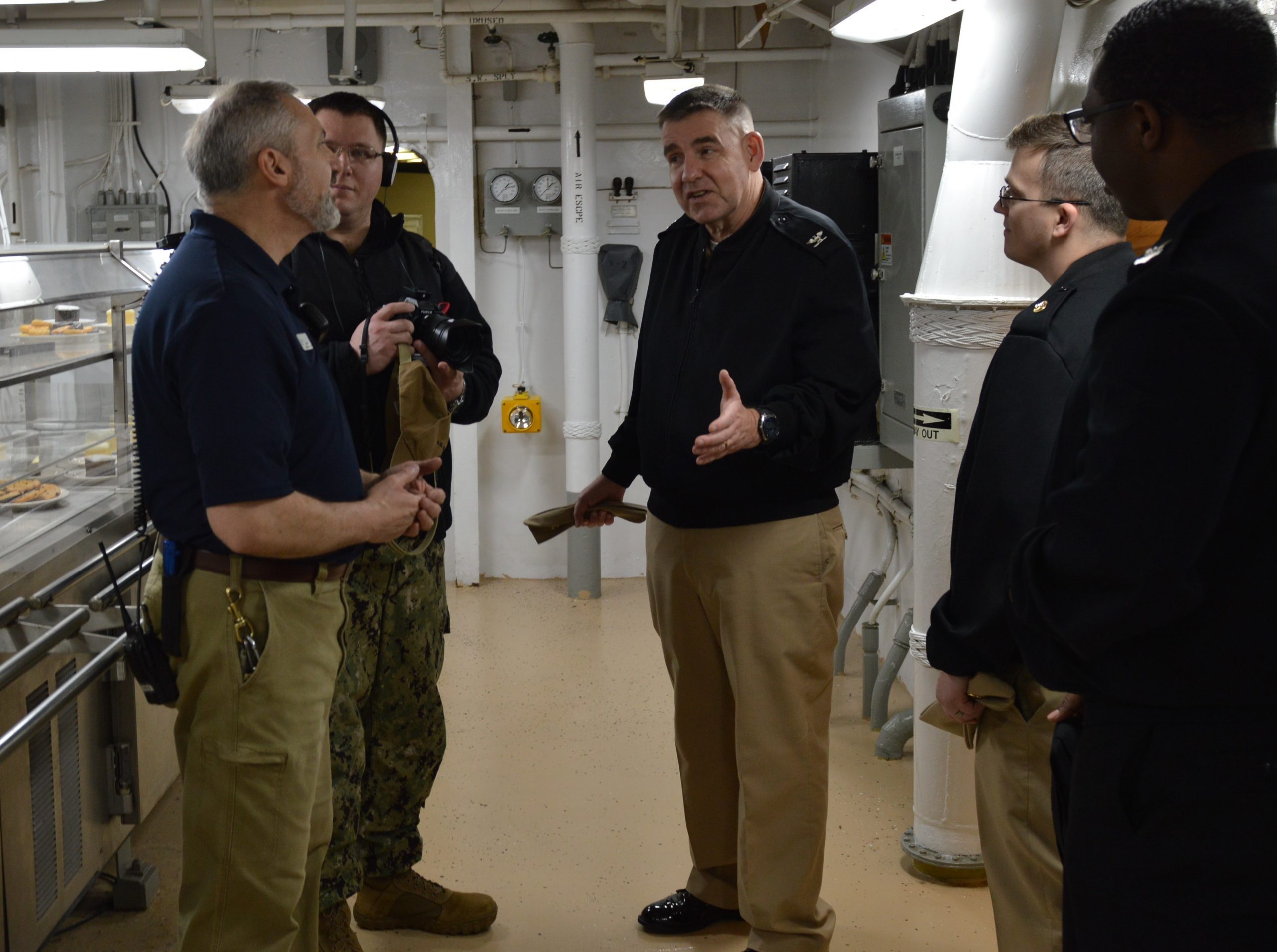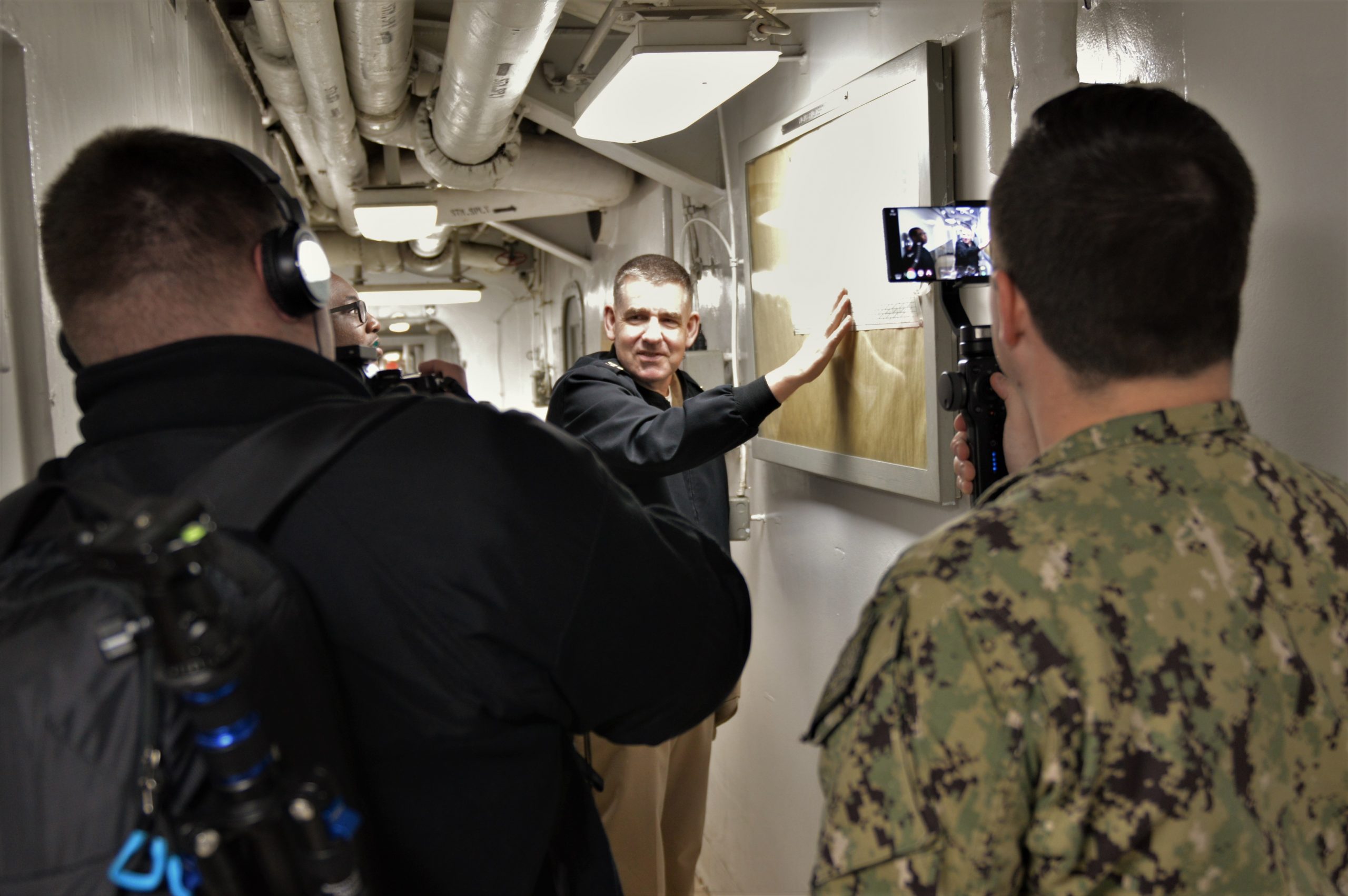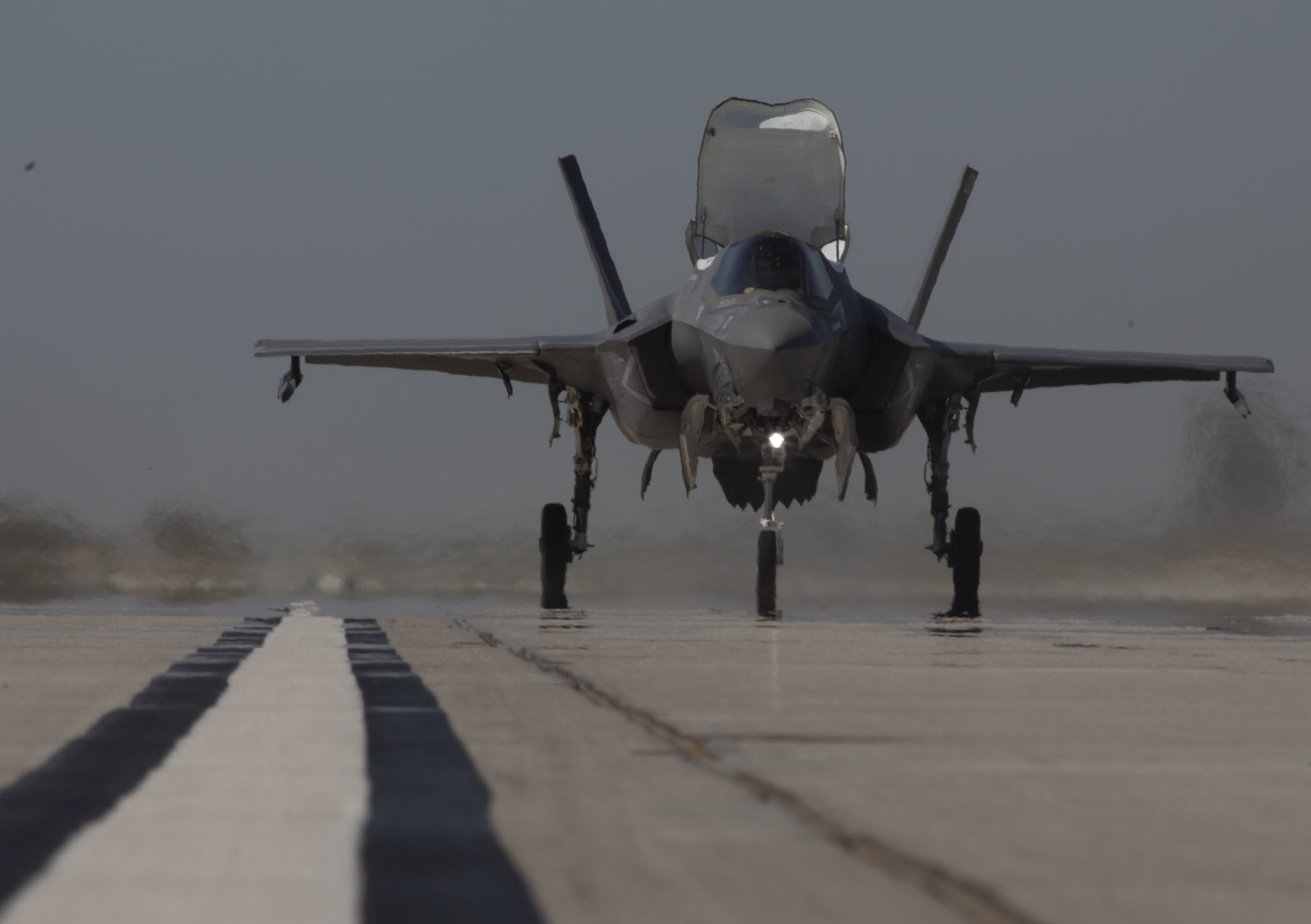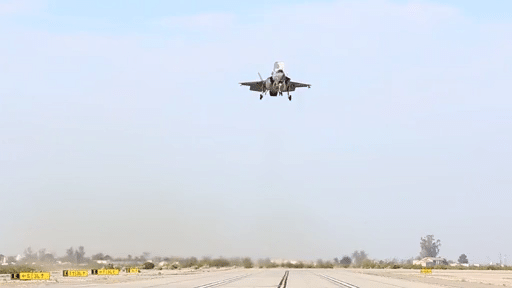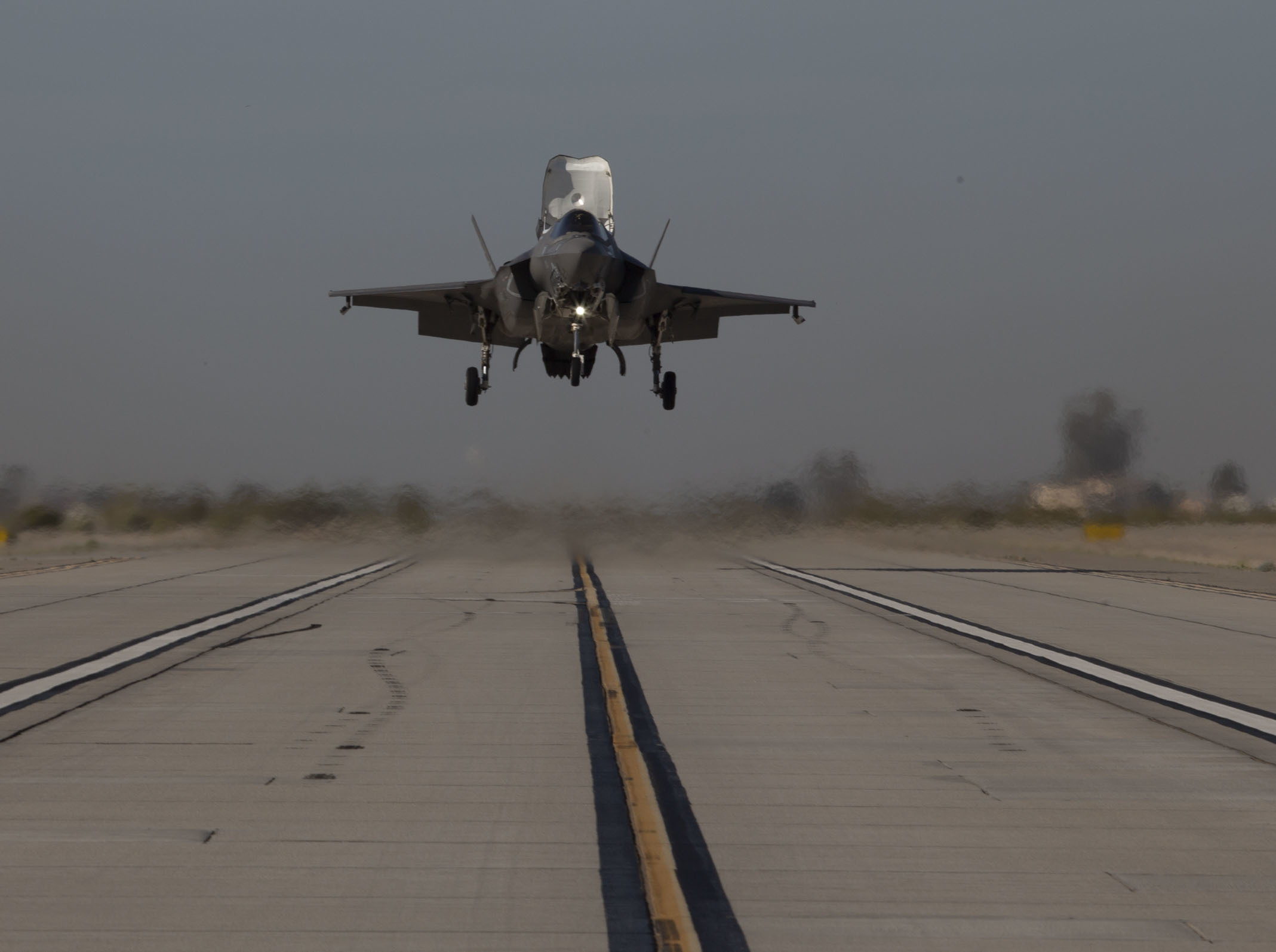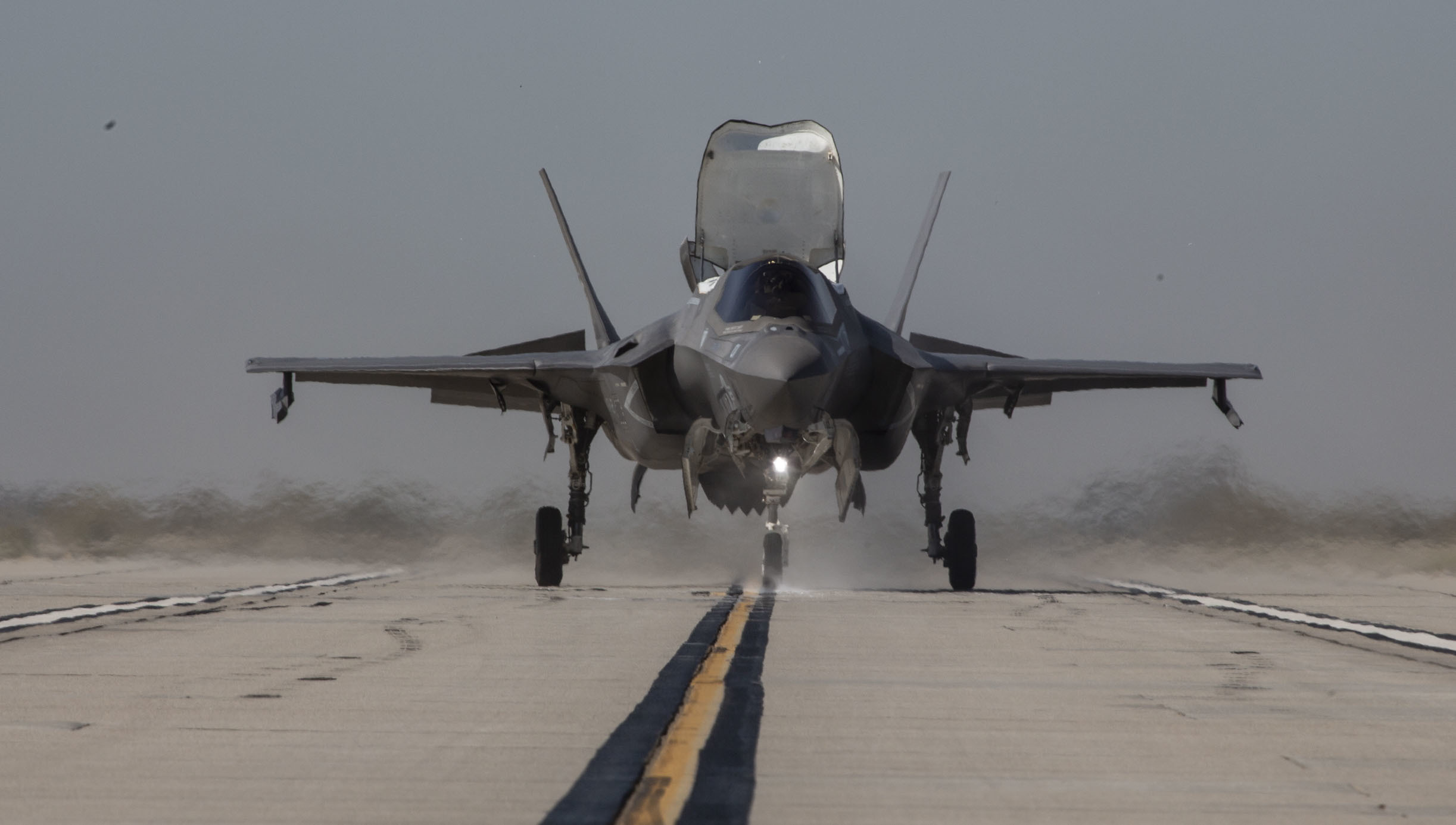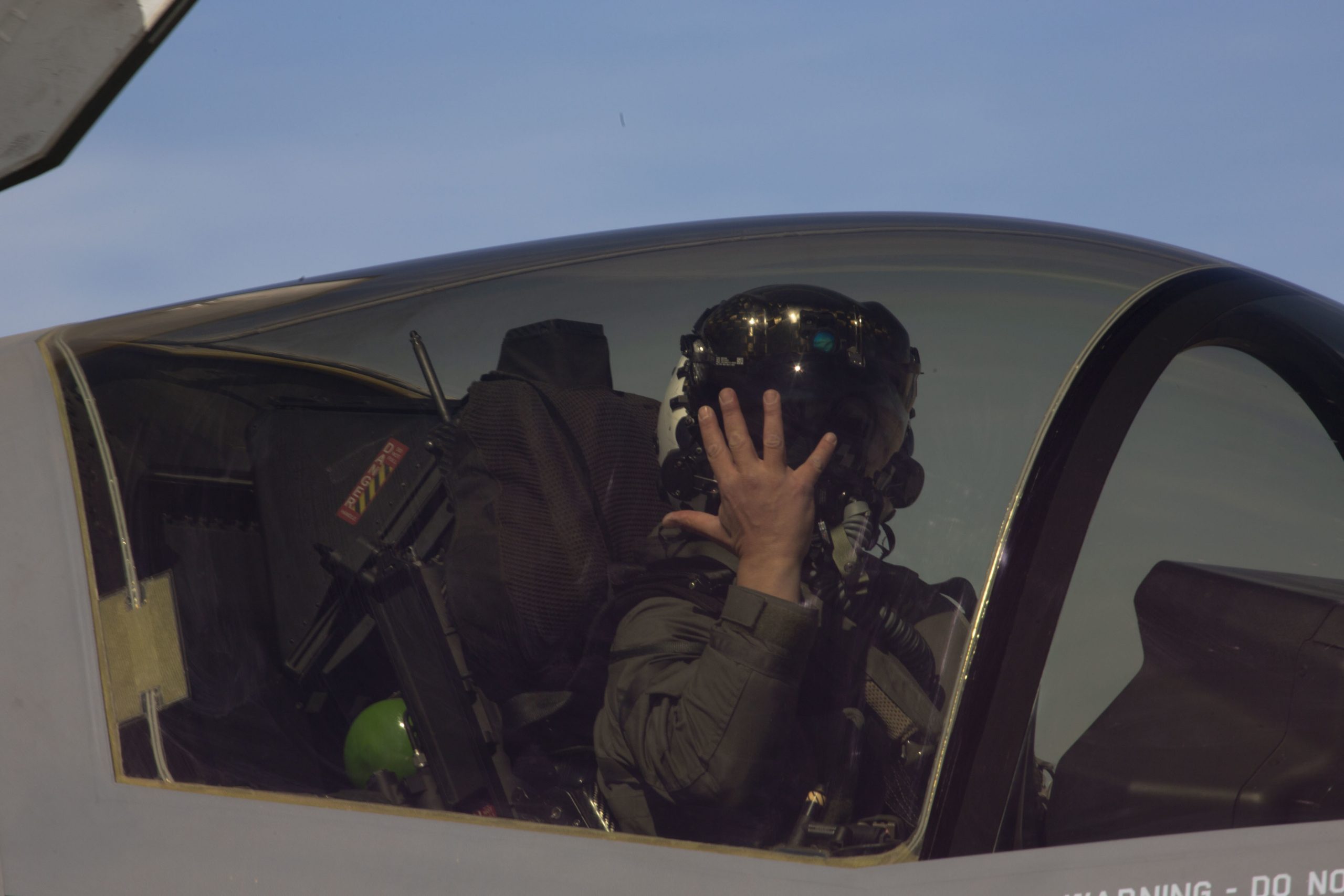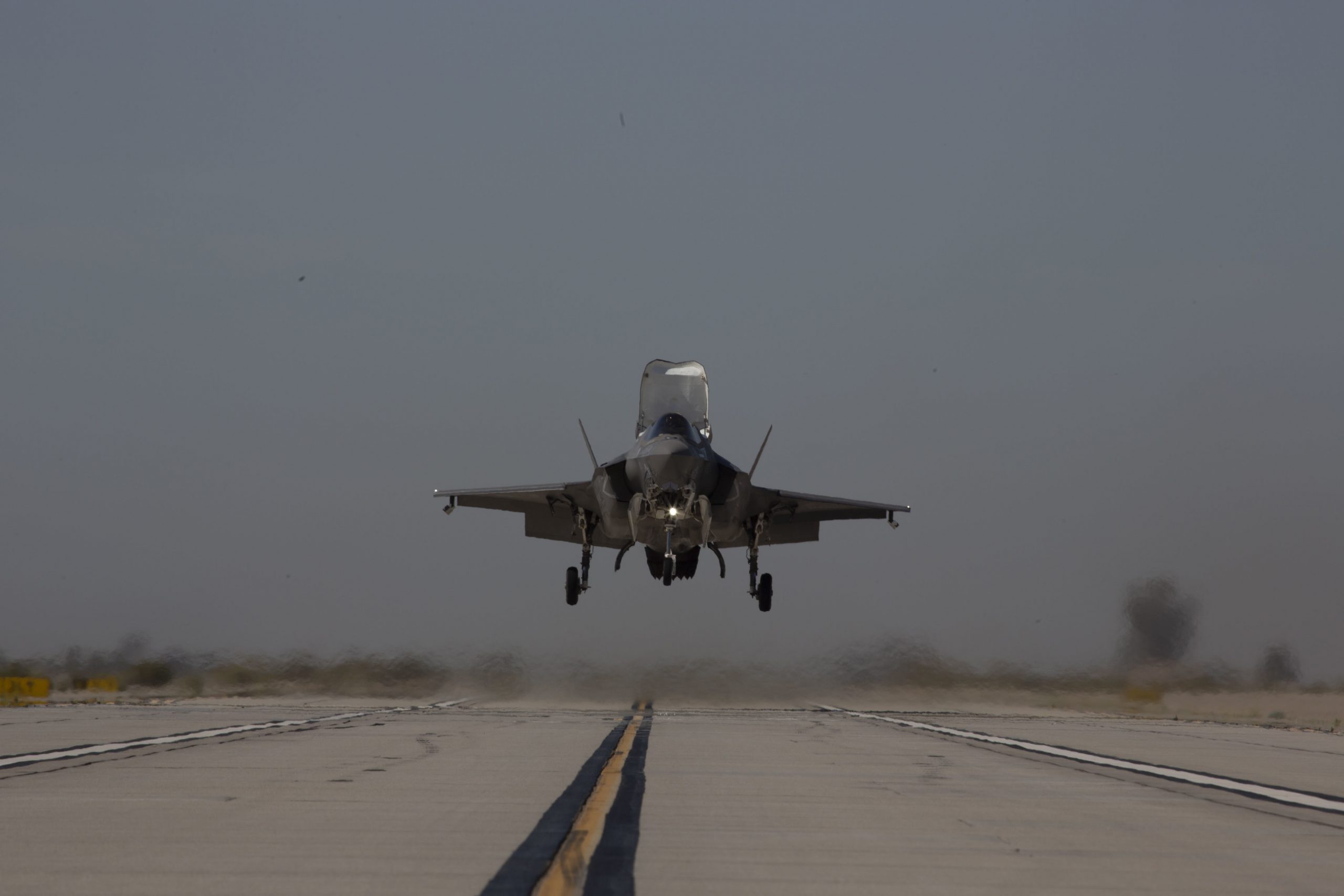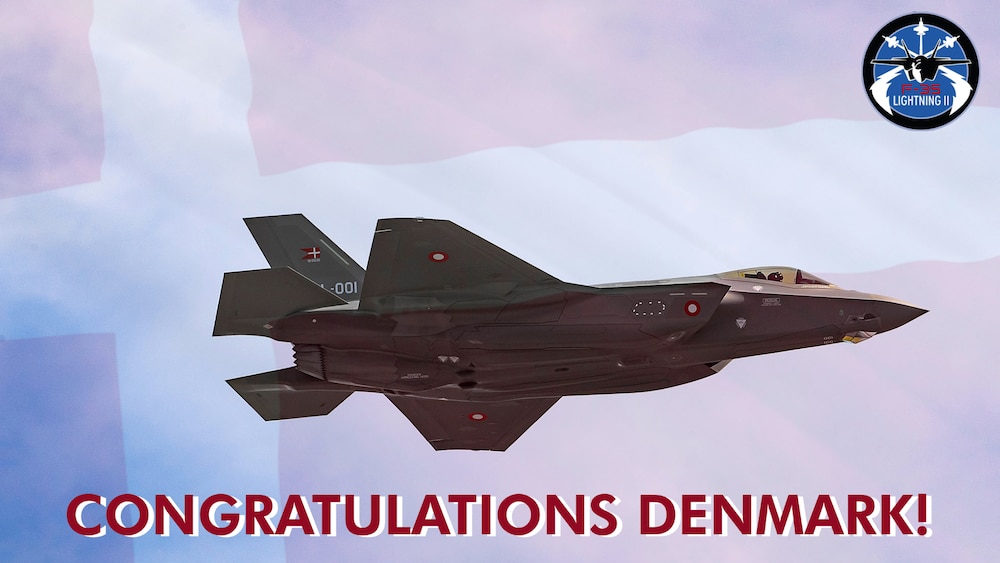By Pierre Tran
Paris – In the bad old days it was talk of perfidious Albion and Britain as a nation of shopkeepers, while in these times there are those in France who see the UK as strategic ally, a prize military partner despite London playing the Brexit card.
The issue of the UK cooperating with France in building weapons arises as the sceptred isle seeks to be an independent actor on the global stage while seeking close ties with the United States.
Britain and France, beset by the coronavirus crisis, marked Nov. 2 a low key 10th anniversary of the Lancaster House defense cooperation treaty and pushed back the annual Anglo-French summit into 2021.
France and the UK proudly point up close relations, share a martial culture of overseas intervention, cooperate in the field, and are the two European nations with nuclear weapons – the Unholy Grail sought by countries aspiring to be top military players.
The two allies also hold prized permanent seats on the UN security council and nurture their arms industry, seeking to boost capability and seal export deals, while in fierce competition.
Defense ministers, senior officers, officials, and top executives attended Nov. 26 a video defense conference held by the Franco-British Council, an independent organization promoting ties between the two nations. Airbus, European missile maker MBDA, and the two defense ministries backed the virtual gathering.
That event pointed up the need for political clarity in industrial cooperation, deploying the hardest hitting of diplomatic terms: “the relationship is not without challenges.”
Cultural Affairs
On the cultural front, the long awaited March 16 integrated review of British security, defense, development and foreign policy pointed up the value of the BBC as a “soft power” asset. There were raised eyebrows on that positive appraisal as the administration of Boris Johnson, a former journalist, had signalled clear intent to slash funding for the broadcaster.
The review, titled Global Britain in a Competitive Age, refers to France 11 times, Germany gets seven references, while the UK views the US as its leading strategic ally, said a March 24 report from Institut Montaigne and Fondation pour la Récherche Stratégique.
An April 5 op ed in the afternoon daily Le Monde admonished the Emmanuel Macron government for issuing a new bilingual identity card in French and English, and called for the French regions to pick one of the languages of the other 26 European Union members in place of the language of the Brexit nation.
In business culture, there is a stronger sense of hierarchy and formality in a French office than a British one, said an executive who has worked in France and the UK.
The cross-Channel alliance is generally seen as a plus on the operational side and a minus on industrial cooperation.
There is perhaps that fabled glass — half empty, half full.
Half Empty
There have been speeches but the reality is there has been little Anglo-French industrial cooperation in weapons in the last 30-40 years, a French defense specialist said.
“There has been more French development of arms programs and industrial cooperation with Germany and Italy,” the specialist said.
No, it is not about perfidious Albion, just that the UK has a very different approach.
“It is very sovereign, pro-European, and pro-American. There are different axes,” the specialist said. France is also tied to sovereignty and the search for prime contractor status.
The latter can be seen in Dassault Aviation seeking clear prime contractorship in the next generation fighter, a key part in the future combat air system backed by France, Germany and Spain. Airbus is on the other side of the negotiating table.
There has been real progress with interdependence in missiles, with centers of excellence shared by the British and French MBDA units, the specialist said. However, there would be deeper cooperation if those British and French companies built the same missiles accounting for half of MBDA’s production.
French and British requirements differ, a second French source said, with the French view seen on the MMP anti-tank weapon, and the British on the Brimstone air-to-ground missile.
French rules of engagement require the MMP to have opto-electronics to allow the shooter “to look into the eyes” of the target, the second source said, while Brimstone is guided by radar and laser, and does not offer direct optical confirmation.
There is a project under the Lancaster House treaty for a future cruise/anti-ship weapon to replace respectively the Scalp/Storm Shadow, and Exocet and Harpoon missiles.
MBDA awaits a demonstration contract for the FC/ASW, having completed the €100 million ($119 million) concept phase. The Exocet is important for the French navy.
Almost Three Aircraft Carriers
Industrial cooperation was boosted in 2006 with creation of the high level working group, which had British and French ministerial representation, the first specialist said. Denis Ranque, the then Thales executive chairman and his counterpart at BAE Systems sat on that committee.
The then French president Jacques Chirac and then defense minister, Michèle Alliot-Marie were keen for France to acquire an aircraft carrier with the UK, which planned to build two carriers, the specialist said. That was a UK program, with the vessels to be built in British dockyards, not shared with French shipyards.
France and the UK signed 2006 a memorandum of understanding for a carrier project.
Then French elections brought in president Nicolas Sarkozy, who effectively axed in 2008 the project for a second carrier to sail with the Charles de Gaulle flagship.
Alliot-Marie, keen to acquire a carrier with the UK, had agreed to pay a hefty sum for access to British design studies, the specialist said, while the French defense procurement office advised a smaller payment.
The French national audit office said in 2014 Paris had paid €214 million ($252 million) for the British studies, with nothing to show for it other than to help fund the UK carrier project.
Back when it looked like three carriers — two British, one French – were to be built, Thales held a press conference, here, pointing up its role in the UK project, including submitting the winning design. That design came from a UK company, BMT, which has the water tanks used to develop the bouncing bomb flown by the Dambusters in the second world war.
Later, the then prime minister, David Cameron, switched from a catapult deck to a ski-lift design for the Queen Elizabeth carrier, to avoid a fiscal attack on the budget. The ski-lift deck was fine for the F-35B short take-off and vertical landing fighter, but French media highlighted the denial of catapult and arrestor gear for the French Navy’s Rafale jet fighter.
That choice of ski lift deck denied closer ties between the two fleet air arms.
Initially, there was significant cooperation after the Lancaster House agreement, but governments change and commitment ebbs away, the specialist said. Politics is people.
“People matter,” the specialist said.
On the French side and on a smaller scale, Paris opted for a Safran Patroller unmanned aerial vehicle rather than acquire the Watchkeeper from the Thales UK unit. That French order for a French UAV unwound a prospective swap deal for the UK to order a French infantry fighting vehicle, the VBCI, from Nexter and Arquus.
There was higher French content – and French jobs – on the Patroller than the Watchkeeper, and the labor factor was seen as winning votes when elections rolled around.
Enter Brexit
In 2016, Cameron announced the result of a divisive referendum on Britain and its membership of the European Union: leave. National sovereignty won the day.
Cameron, a former public relations executive for a TV company, had held that referendum to buy quiet from a clutch of anti-EU parliamentarians in the Conservative party.
Soon after, Britain put on hold and then cancelled a €2 billion project with France for an unmanned combat aerial vehicle, dubbed future combat air system demonstration program.
In 2017, president Emmanuel Macron and chancellor Angela Merkel surprised the world with a plan for a new Franco-German fighter jet to replace the Rafale and Eurofighter Typhoon.
Airbus and Dassault teamed up to lead the industrial effort, and Spain joined the partnership
And in 2018, Britain announced at the Farnborough air show its Tempest fighter project, as part of a future combat air system. Italy and Sweden signed on as partners.
Perhaps there were budgetary reasons for the UK baling out of the UCAV project, maybe other priorities, perhaps Brexit, Dassault executive chairman Eric Trappier said back then. Perhaps British documents will show the reasons for dropping the UCAV project when they are declassified under the 30-year ruling.
Back in the 1990s, Dassault and BAE Systems announced plans for a joint venture for a prospective fighter jet, but Britain and France failed to green light that project. The UCAV project revived prospects of cooperation.
But it was not to be.
Cameron had been keen in 2010-11 to pursue the UCAV, which had “morphed” from a concept for a large unmanned aerial vehicle to replace the Reaper, a UK source said. The defense ministries had shown less enthusiasm.
There was back then tension between BAE and Dassault, which were “jealous” to protect intellectual property and were reluctant to share stealth technology, the UK source said. There had been industrial resistance before the political change of direction.
Cameron resigned after announcing the Brexit leave result. Perhaps government pressure to pursue the UCAV might have continued had he stayed on, the UK source said. But with his departure there was little political support for the project.
Meanwhile, the UK forged ahead as the sole foreign nation on tier 1 partnership on the Lockheed Martin F-35 fighter, holding a 15 percent share of an estimated $100 billion program to build some 3,000 units.
The Dambusters 617 squadron received the first four F-35Bs in 2018.
Half Full
“Basically, nothing has changed,” a third French specialist said, referring to cooperation after Brexit. Britain and France share the same “strategic culture” based on force projection.
Both nations have nuclear capable navies, and France also has an airborne nuclear wing.
Britain also is close to the US, including nuclear weapons, the third specialist said.
France has basically three options on the future combat air system: continue cooperation with Germany, France goes it alone, or France teams up with the UK.
The two FCAS projects were still in the early stages. France and the UK had room for maneuver, and could take a modular approach on the aircraft, the specialist said. France and the UK had cooperated in the past, with the Concorde supersonic airliner and Jaguar fighter.
On the operational front, Britain and France have formed the combined joint expeditionary force for overseas projection, the specialist said, while Germany is essentially a “European power,” although there is German transport support for the French forces in Mali.
The UK seeks to project a presence in the Indo-Pacific region. Britain has boosted its special forces and has a key role on the Nato north flank in the North Sea.
France pursues Indo-Pacific projection and is present in Africa with the Barkhane mission.
“There is a sharing out of roles,” the specialist said.
A French account of the 1982 conflict over the Falkland Islands in the south Atlantic, La Guerre des Malouines (Docavia) by Charles Maisonneuve and Pierre Razoux, noted how the French trained British Harrier pilots on how to deal with the Super Etendard fighter jet and Exocet missile, as the Invincible and Hermes carriers led a task force to take on the Argentine forces. The French had previously trained the Argentine pilots.
The Sunday Times reported in 1982 a Dassault team in Argentina fixed a technical hitch on three of the five Exocets, allowing the missiles to hit the Sheffield destroyer and Atlantic Conveyor transport ship.
On the operational upside, there is close cooperation between British and French services. The combined joint expeditionary force is fully operational, the UK defense ministry said Nov. 2, with paratroopers of both nations training in the Wessex Storm exercise on Salisbury Plain, southern Britain. The CJEF is capable of deploying 10,000 personnel overseas, and there are plans to increase interoperability of future equipment, logistics, engineering, medical and energy systems.
The Queen Elizabeth carrier will sail with the Charles de Gaulle this year.
The UK defense minister, Ben Wallace, told the Franco-British Council the two carriers fulfilled a Lancaster House ambition of deploying a UK-French integrated strike capability: “proof that, in this more unstable and uncertain world, our nations will continue to keep the flame of freedom burning.”
The British supported the French in Mali with a C-17 heavy transport plane and Chinook transport helicopters, while declining to deploy troops to reinforce the Barkhane mission.
Besides the FC/ASW missile, the other Lancaster House project concerns maritime mine counter measures, a prototype for an underwater autonomous system against mines.
There has been for some years a 40 mm gun from CTA International, a joint venture between BAE and Nexter.
Could Do Better
The military cooperation is noted on both the French and British side, but there is a sense of missed opportunity on the industrial front.
“What is fascinating with Anglo-French collaboration is that the two countries are politically ready for expeditionary action,” said François Lureau of EuroFLconsult and a former head of French arms procurement.
“There is a strong mutual respect between the forces and two large defense industries covering the full spectrum of technologies and systems,” he said. “But the overall outcome does not match the promising potential.”
That sense of underachievement is shared by Peter Ricketts, former UK ambassador to France, who retired in 2016. He is strategic adviser to Lockheed Martin UK.
There has been a real loss of momentum on industrial cooperation since Brexit, with a lack of projects in the pipeline, he told the Anglo-American Press Association in a video discussion on April 7.
“A hit clearly from Brexit,” he said. The enthusiasm from Lancaster House has largely evaporated.
“What I notice is there are no new projects since our (Lancaster House) list in 2010,” he said. “We have not seen a new flagship UK-French project that will take us forward for the next decade. In a way we have seen the reverse.
“We have seen projects falling away, such as the future combat aircraft.”
The economics argue for pooling the two European FCAS projects, he said.
“The development costs of a new generation aircraft – more capable and more advanced than the F-35 – are so huge and the market so small, there will be pressure for Britain and its Italian and Swedish partners to join forces with France, Germany and Spain,” he said.
“I think the pressure over time will probably tie these two projects together,” he said. Development cost would be so high, it made sense to spread expense across a wider group of countries. It was not clear how and when that would happen, and in what industrial consortium.
“Fast jets are symbols of a country’s technical powers and symbols of sovereignty,” he said. The corollary is that when politicians change, priorities change.
Meanwhile, France is pursuing European strategic autonomy and cooperating with Germany.
The budget for the FCAS project backed by France, German and Spain could rise to €80 billion, a July 2020 French senate report said.
Two Positives
On the cooperative side, Britain is working “in one of the most sensitive areas,” namely checking nuclear warheads at the French facilities at Valduc, eastern France, as the UK lacks its own capability, Ricketts said. The British “pooled their requirements and put faith in French facilities for 50 years, however bad the relationship gets.”
The importance of close operational ties was clear, he said.
“If the French wanted a European country with them in a serious crisis at short notice, there is only one country that could supply serious capacity — that is the Brits through the CJEF,” he said. “That is a success, that is full operational capability.”
“For Paris, two things are important: a large convergence of points of view and the British determination for a close and stable cooperation in foreign policy and security,” the Institut Montaigne and FRS report on the UK integrated review said.
“France also hopes the UK’s international ambitions will not be detrimental to closer cooperation with the European Union’s foreign policy.”
The UK is like France, seeking to be an enterprising world power, and considers itself a guarantor for European security, the FRS report said.
“France is forever grateful” to Britain, the French ambassador to the UK, Catherine Colonna said Nov. 2 in Revue de la Defense. Macron awarded last year London the Légion d’Honneur, the highest order of merit, as a sign of that gratitude.
Britain gave shelter to the then general Charles de Gaulle and the Free French Forces in the second world war during the Nazis occupation of France.
De Gaulle made his call to arms on June 18 1940, broadcast to France by the BBC.


